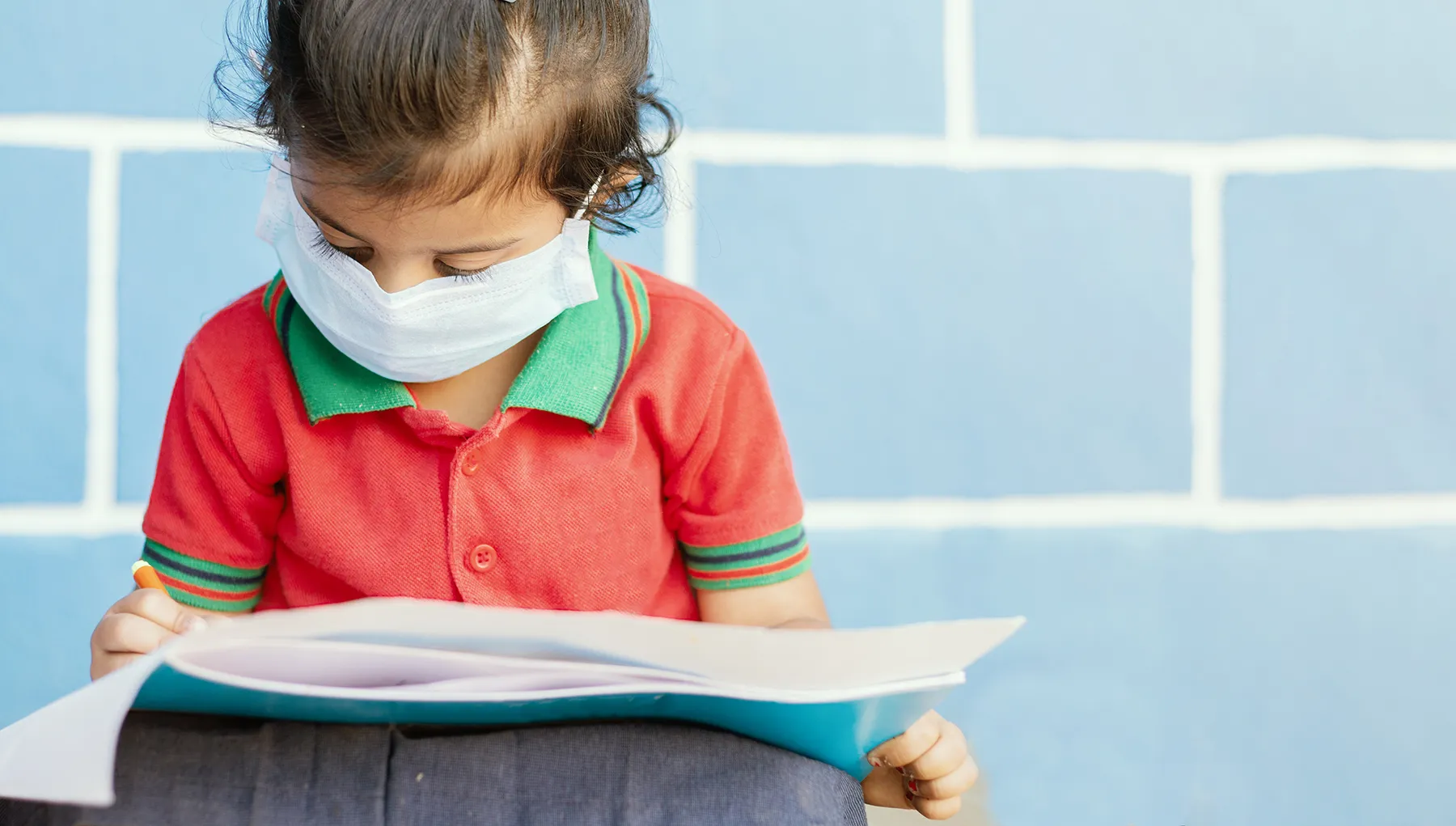Kids and COVID-19: What is MIS-C?

It is essential to recognize that the vast majority of children, even if they are exposed to the novel coronavirus, will do very well.
The majority who catch the virus will not know it because they will have no symptoms at all, or very mild symptoms (such as fever, runny nose, cough, vomiting, and diarrhea). According to the Centers for Disease Control and Prevention (CDC), children are not a high-risk population for COVID-19 infection. Even the small proportion of children and infants who have been sick with the virus have largely recovered.
However, there is recent evidence of a multisystem inflammatory syndrome in children (MIS-C) associated with COVID-19 infection. MIS-C is described as inflammation (swelling) across multiple body systems.
What do we know about MIS-C?
Pediatricians like myself and infectious disease experts across the country are still learning about this condition. Not all children with MIS-C have the same symptoms.
MIS-C is associated with:
- positive coronavirus test (or past exposure to the virus)
- a persistent high fever (higher than 100.4 degrees for at least 24 hours)
- having at least two organ systems in distress
Organ system involvement might be:
- gastrointestinal disease (abdominal pain, diarrhea, or vomiting)
- cardiovascular problems
- respiratory symptoms
- skin findings like a rash or swelling
- neurologic symptoms (headaches, fatigue, disorientation)
- other issues
If your child has any of these symptoms, contact your pediatrician for an assessment. At the University of Miami Health System, we have the resources to take care of children and enhanced safety protocols in place to prevent the spread of the novel coronavirus. Pediatricians here are on the alert to watch for MIS-C, and we are prepared to care for any child with this condition. Still, keep in mind, this syndrome is rare.
Symptoms of MIS-C syndrome seem to appear in children three to four weeks after a peak in the local community occurs. Miami-Dade saw a peak of the virus in April, and then we hit a plateau and saw a sustained number of coronavirus cases for more than a month.
What do we know about COVID-19 infection in children (without signs of MIS-C)?
Understanding the virus is evolving in front of us. Based on what we know now, less than six months into the pandemic, most children infected with COVID-19 will be asymptomatic and don’t need any special treatment. Also, kids do not seem to be the ones primarily transmitting the virus to others. Symptomatic patients are more likely to spread disease than those showing no symptoms (asymptomatic).
Of course, some kids and teens will get sick with COVID-19. A portion of them will present very much like adults in terms of respiratory symptoms like shortness of breath and elevated inflammatory markers. These markers in the blood indicate that the body’s organs are struggling. In general, everything you’ve heard of that happens to adults (dry cough, muscle aches, fever, and shortness of breath) can happen in kids. But, so far, these symptoms occur less often and less severely in children.
The available research tells us that children have a milder disease with a shorter duration, and may not have some of the key features adults do. Fewer children with the virus experience fever and cough than infected adults. Among children who were hospitalized in China, only 48% (less than half) had a fever. The research suggests that children hospitalized with COVID-19 more often experience rapid heart rate or rapid breathing. Like adults, some experience loss of taste and smell.
It’s good to know that the vast majority of children who have been sick with COVID-19 have done very well in their recovery.
What can parents do?
We encourage parents to care for their children as they always would with any illness concerns. If your child has a fever, isn’t eating, or otherwise doesn’t seem well, call your doctor—just as you would have before the pandemic. We can thoroughly assess children with any illness and provide all the needed care.
The CDC emphasizes that “If your child is showing any emergency warning signs including trouble breathing, persistent pain or pressure in the chest, new confusion, inability to wake or stay awake, bluish lips or face, severe abdominal pain, or other concerning signs, seek emergency care right away.” In reality, this is the same advice the medical community gives parents at any time for such symptoms.
Stay calm and keep in mind that the chance this will happen in your family is not something to panic about. Don’t worry too much about what you can’t control. Assure your child that even if they catch the virus, they are very, very likely to be fine.
How to protect children and adults from infection
Focus on what you can do to protect your child, yourself, and others. You can physically distance; wear a face mask in public to model safe behavior for your child; and teach young children about the importance of physical distancing, hand washing, and wearing a mask. This is an excellent opportunity to show responsibility and compassion for others.
Let children know that the mask is for everyone’s protection. We can’t know if the people around us can spread the infection or not, even if they appear well. We can’t say for sure that we don’t have it ourselves, even if we feel well.
Proper handwashing is also essential for stopping the spread of infection. With young children, find a fun song to sing or whistle while they wash their hands for at least 20 seconds. Teens can choose their own favorite musical tune.
Don’t delay your child’s vaccines in this period of coronavirus. Keep them up to date, even if they are out of school or camp. Be sure everyone in your family gets a flu vaccine this fall.
Written by

Chair of Pediatrics
University of Miami Health System
Is Kawasaki Disease related to COVID-19?
By Sethuraman Swaminathan, M.D.
Pediatric Cardiologist, University of Miami Health System
No. Kawasaki Disease (KD) is an acute inflammatory disorder that primarily affects toddlers (1 to 4 years old). Though the exact cause of this disease is unknown, it’s believed to be related to some infections. Some children with MIS-C have symptoms that resemble KD, but these two conditions are different. Less than half of the children with MIS-C related to COVID-19 also report having symptoms similar to KD.
Symptoms of KD:
- high fever
- rash
- lymph node enlargement
- swelling of hands and feet
- red eyes
- mucosal involvement in the mouth and lips
- In rare cases, coronary arteries may be involved (enlargement locally or diffusely)
Tags: coronavirus, COVID-19, Dr. Judy Schaechter, MIS-C, Pediatrics
